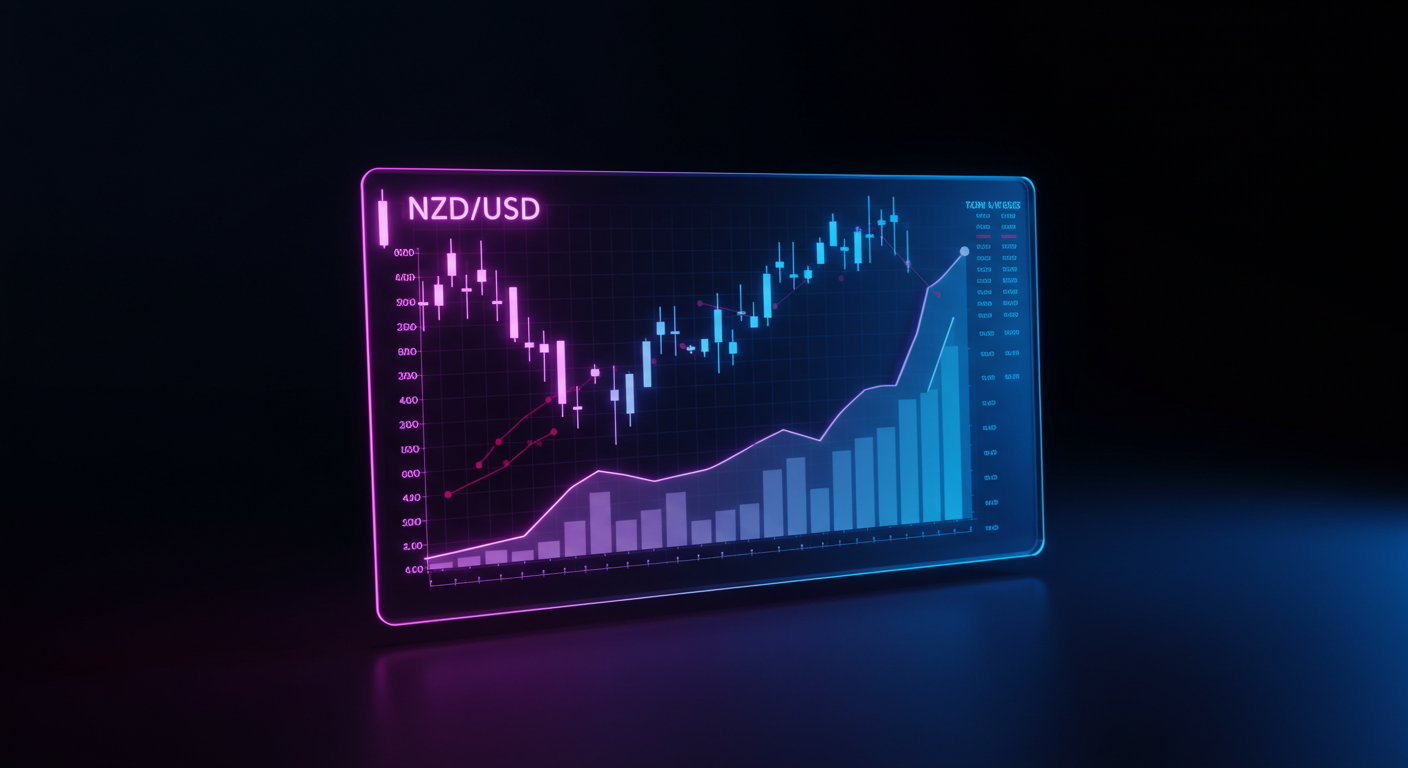
The New Zealand Dollar (NZD) may experience further upward movements, yet is unlikely to surpass 0.5965 decisively. Analysts predict a likely trading range between 0.5835 and 0.6030 in the longer term.
In the short term, downward momentum is not notably enhanced, though the NZD could trend downward within a lower range of 0.5835 to 0.5900. Despite recent highs, the currency’s overbought condition implies limited potential for breaking above 0.5965, with supports at 0.5910 and 0.5885.
Future Trading Expectations
Over the next one to three weeks, momentum indicators showed a downside bias toward 0.5870, possibly touching 0.5835. Although there was unexpected upward movement exceeding previous resistance levels, the momentum dissipated, leading to a mixed outlook. The expectation remains that the NZD will trade within a 0.5835 to 0.6030 range.
Readers are reminded that market instruments are for informational purposes and carry risks, including potential losses. Thorough personal research is advised before making investment decisions, and no endorsement to buy or sell assets is implied. The article reflects analysts’ perspectives without constituting investment advice.
The current reading points to a restrained bullish potential for the New Zealand Dollar, mainly tethered beneath a ceiling at 0.5965. While the pair may continue drifting higher, its recent stretch above prior resistance does not bring with it convincing strength. The RSI remains stretched, suggesting that much of the recent upward move may already be priced in. Support levels at 0.5910 and 0.5885 offer some footing, but the bias has already started to lean gently downward.
Over the next few trading sessions—and extending perhaps into the later portion of this month—we see limited follow-through from earlier gains. The momentum has softened. Sell-side interest appears to be comfortably defending rallies above 0.5960, and range-bound behaviour has returned as the dominant pattern. Waning interest from buyers could mean dips toward 0.5835 become more likely than fresh highs above 0.6030.
Monitoring Market Signals
Lee’s earlier models indicated a shifting short-term momentum path during last week’s push higher, but this was more of an exhaustion move than part of a developing trend. It’s not that upside is off the table, but it’s increasingly confined to a narrow threshold without strong footing above. Fresh buying pressure would have to enter meaningfully, which hasn’t materialised.
Listening closely to Chen’s momentum work, we interpret the targets near 0.5870 as technically within reach, especially if support at 0.5910 fails to generate new interest. If that support cracks, we would not be surprised by a quick drift toward the lower range boundary. From where we sit, directional bets beyond the defined boundary of 0.5835 to 0.6030 look less attractive and carry more risk than they offer in upside potential.
For those reading the charts and positioning accordingly, it makes more sense to keep hedges tight and look for confirmation either way. Adjusting exposure incrementally rather than taking wide directional positions may serve better for now. There’s no compelling fundamental cue to anchor long trades past resistance, nor immediate catalysts for pronounced collapse either. The market seems hesitant, parked in a zone where technicals and sentiment neutralise each other.
Wang’s earlier sentiment analysis corroborates what we’re seeing—the weight of positioning has flattened. If the NZD slips beneath 0.5885, it could flush to 0.5835 rather quickly, catching late buyers off guard. Alternatively, if we see another test of 0.6030, it would likely be met with resistance until major macro inputs resurface.
What’s taken shape is a market that’s tired. Temporary price whips are likely, especially around support breaks or resistance touches, but it remains prudent to treat those as fading opportunities rather than breakout signals. The clearest opportunities come not in anticipating the range extremes disappearing, but in respecting their bounds and managing the whipsaws in between.







